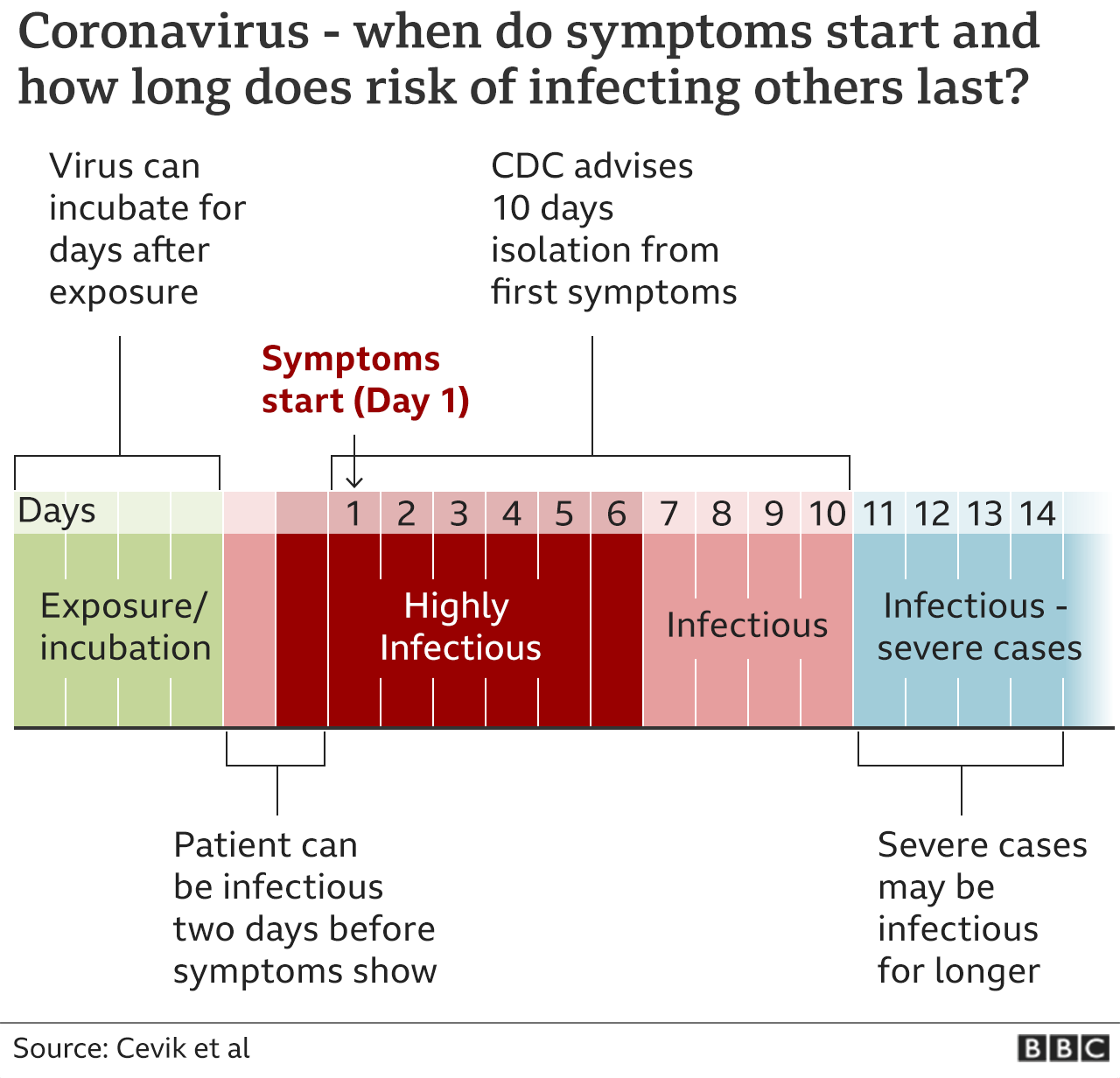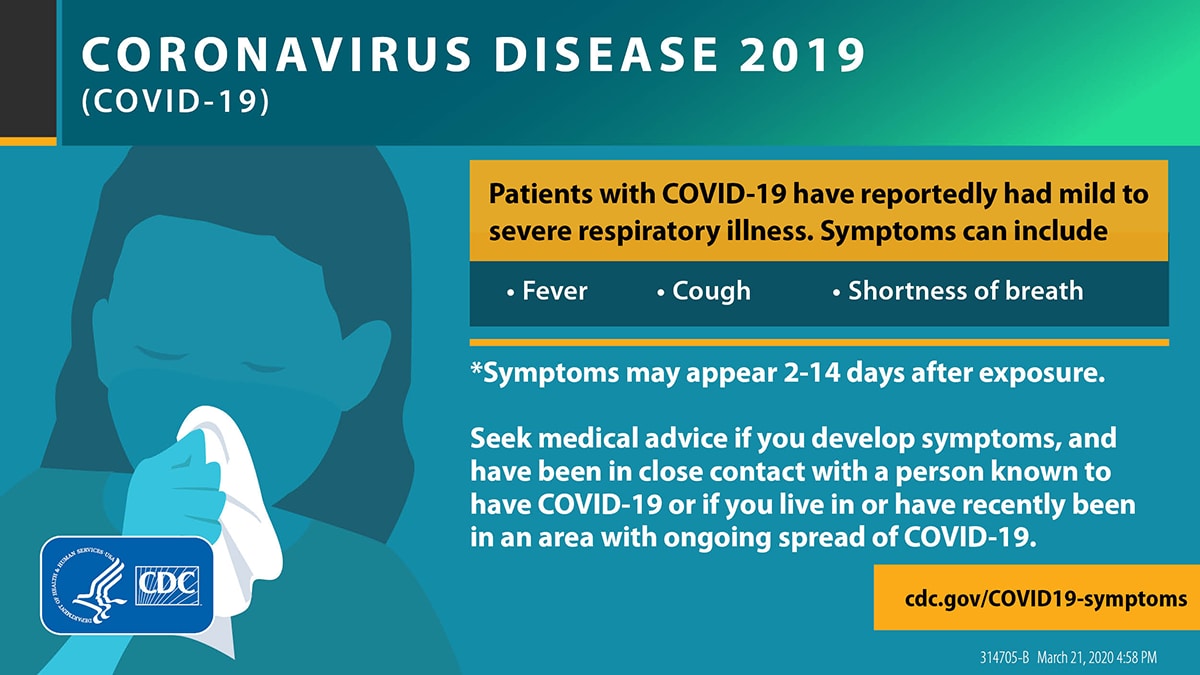

- #Covid symptoms timeline day by day vaccinated skin#
- #Covid symptoms timeline day by day vaccinated full#

“They don’t always present ‘according to the book,’ so you must cast a wide net when thinking about who may or may not have COVID-19,” he said. “The onset of nausea, vomiting, and diarrhea after onset of respiratory symptoms such as fever and cough may also suggest that a person may have COVID-19.”Īccording to Glatter, the bottom line is that healthcare professionals need to be vigilant and keep an open mind when evaluating patients who may have symptoms associated with the disease. “I have also seen patients present only with chest pain, devoid of any respiratory symptoms,” he said. Glatter said that other patients have also “presented with malaise, headache, and dizziness,” that in some ways resemble the symptoms of stroke, but without fever, cough, or any evidence of upper respiratory symptoms.
#Covid symptoms timeline day by day vaccinated skin#
A livedo-type of skin reaction in response to acute inflammation, in the absence of fever, cough or other respiratory symptoms.” Those who are fully vaccinated will have symptoms for one or two days, whereas unvaccinated will see symptoms for five or more days. “I have also seen patients present with ‘COVID-toes,’ or chilblains. Heres exactly what you can expect Covid symptoms to look like day by day, from coughing to fever to what those vaccinated and boosted can expect. “In fact, some patients may present only with loss of taste or smell and otherwise feel well,” Glatter said. The most common symptoms of COVID-19 (coronavirus) are: fever (high temperature - 38 degrees Celsius or above) - including having chills dry cough fatigue (. “In general, while fever is usually the most commonly described initial symptom of COVID-19 infection, the reality of what I see on the front lines is more variable,” he said. Glatter shared his experience treating patients with COVID-19 in New York City. “Doctors can determine what steps to take to care for the patient, and they may prevent the patient’s condition from worsening.” “This order is especially important to know when we have overlapping cycles of illnesses like the flu that coincide with infections of COVID-19,” said Peter Kuhn, PhD, one of the study authors and professor of medicine, biomedical engineering, and aerospace and mechanical engineering at USC. This finding might help people with COVID-19 self-isolate and get treatment sooner, which could significantly improve patient outcomes. The research from the University of Southern California (USC) was able to determine that COVID-19 symptoms often start in a certain order.

#Covid symptoms timeline day by day vaccinated full#
With flu season in full swing, how can you tell if a fever is a symptom of the flu or COVID-19? A previous study shed light on how COVID-19 symptoms present, which may help people trying to figure out if their cough is just a cough or something worse. The symptoms of COVID-19, including fever and cough, are similar to the symptoms in a host of other common diseases, including the seasonal flu.


 0 kommentar(er)
0 kommentar(er)
